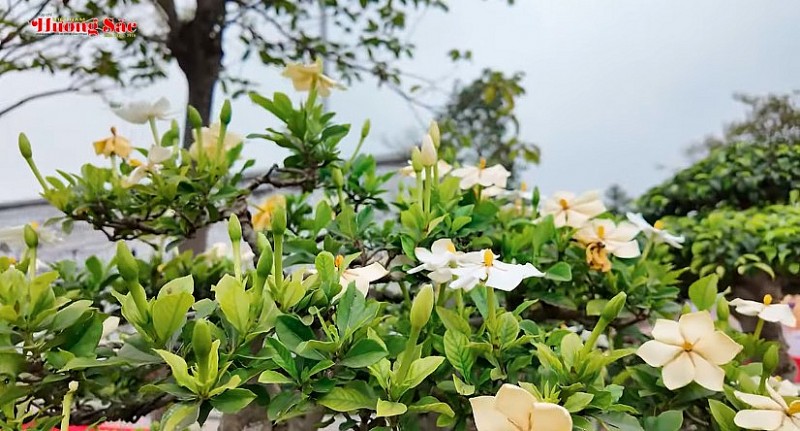Phong Nha - Ke Bang National Park: Revival of 7 rare Indochinese tigers
When the Indochinese tigers (scientific name: Panthera tigris corbetti) were only 40 days old, the tiger cubs were handed over to Pu Mat National Park (Nghe An) for rescue and initial care. However, due to the limited facilities at Pu Mat Wildlife Rescue Center, which can only meet the short-term care needs of the tiger cubs, it was necessary to transfer them to a place with more suitable conditions.
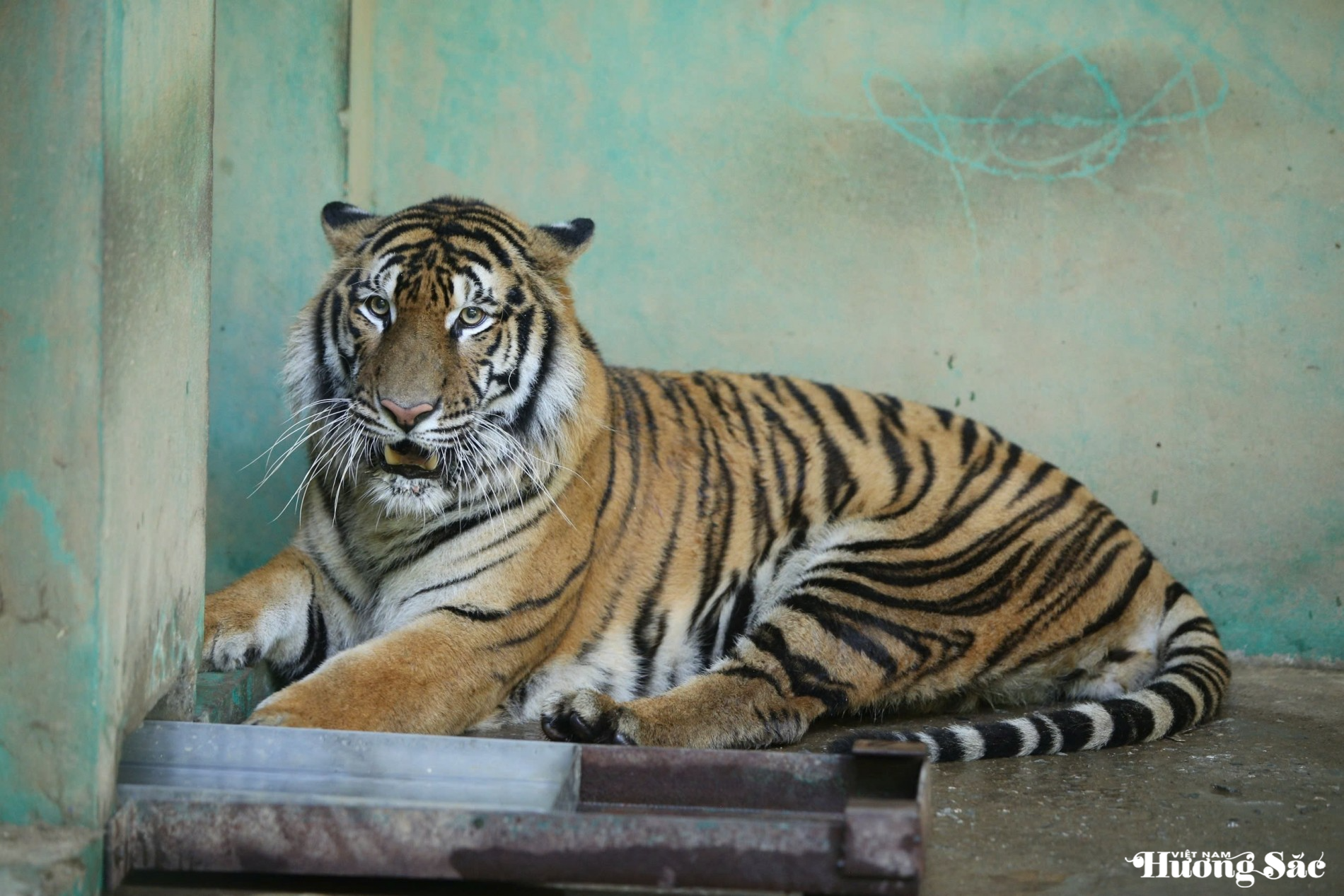 |
| One of the seven Indochinese tigers being conserved and cared for by the Rescue, Conservation and Species Development Center of Phong Nha - Ke Bang National Park, Quang Binh Province. (Photo: Contributor). |
After being approved by the Quang Binh Provincial People's Committee, the Phong Nha - Ke Bang National Park Management Board has developed a plan to receive, transport and care for the seven tigers. The unit has sent three staff to study at professional tiger breeding facilities, and at the same time developed technical care procedures and diets suitable for each stage of development to ensure the best living conditions for the tigers.
Up to now, after more than three years of care, all seven tigers have grown up healthy, with an average weight of over 150 kg each. They are fed two meals a day, each consuming about 5-7 kg of meat. Phong Nha - Ke Bang National Park has arranged seven specialized staff to take turns caring for the tigers to ensure their safety and long-term health.
 |
| Many of the animals, having been kept in captivity for too long, no longer possess the necessary conditions to survive in the wild, such as losing their natural instincts and motor functions. (Photo: Contributor). |
The Indochinese tiger is one of six remaining tiger subspecies in the world. An adult individual can weigh between 180 and 250 kg, and measure about 2.7 meters from nose to tail. They live mainly in tropical and subtropical moist broadleaf forests. Over the past decade, the Indochinese tiger population has declined by more than 70%. Currently, there are only about 350 individuals left in the world, distributed in six countries: Vietnam, Thailand, Cambodia, Laos, China and Myanmar.
The successful reception and care of 7 Indochinese tigers at Phong Nha - Ke Bang National Park not only has conservation significance but also sends a strong message in the fight against wildlife trafficking. This is a clear demonstration of Vietnam's persistent efforts in protecting rare animals and restoring ecological balance - an indispensable part of sustainable development.
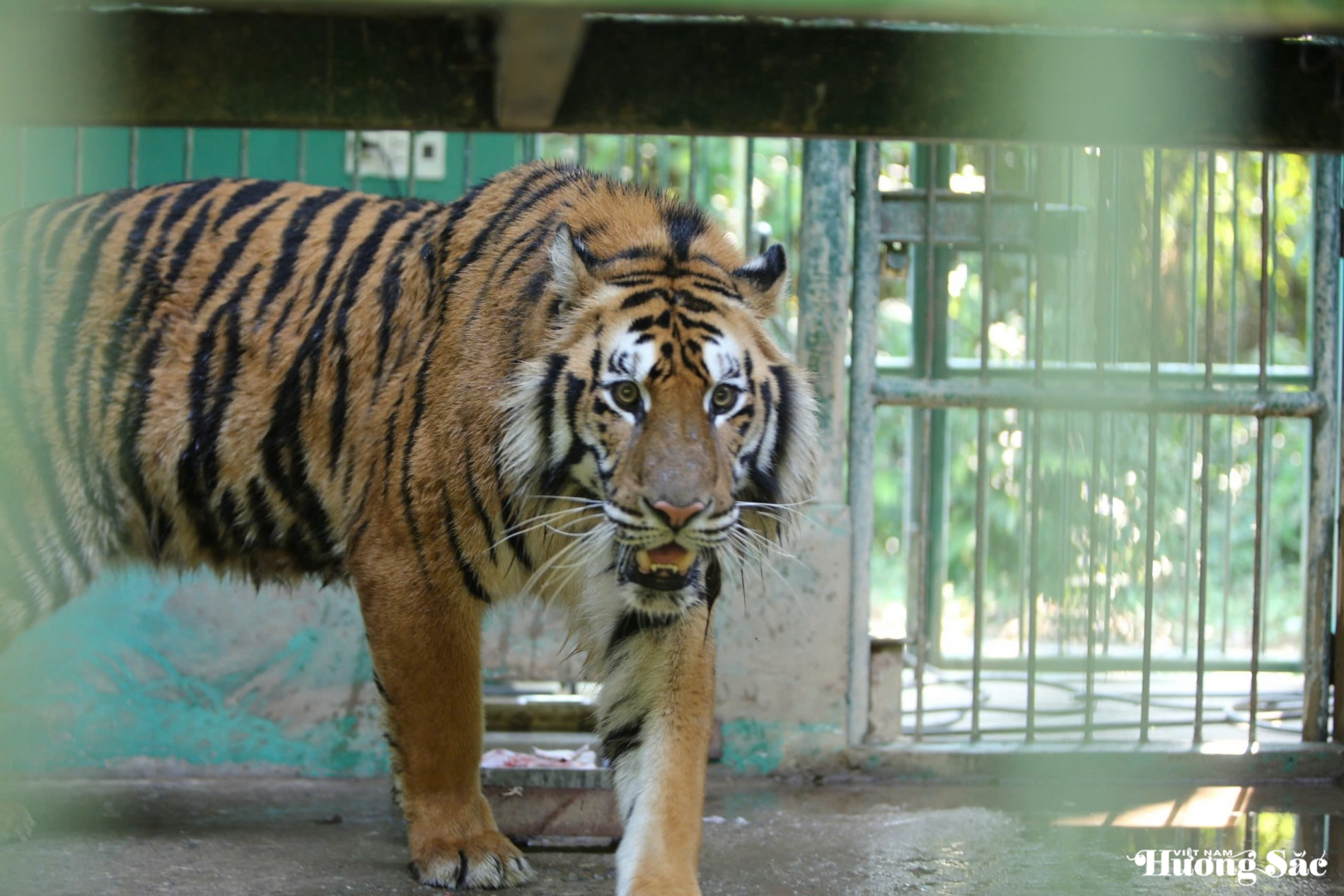 |
| After more than three years of care, all seven tigers have grown up healthy, with an average weight of over 150 kg each. (Photo: Contributor). |
Mr. Tran Ngoc Anh - Director of the Center for Rescue, Conservation and Development of Living Creatures said: “Rescuing, treating and caring for animals is already difficult, but it is even more difficult to not lose their wild nature so that they can be released back into the natural environment. Many individuals have been in captivity for too long and no longer have the conditions to survive in the wild, such as losing their wild habits and losing their motor functions, so they are transferred to rehabilitation areas. The center applies methods to restore the ecological habits and motor functions of these individuals, then takes them to a semi-wild area to gradually adapt, and then releases them back into the natural environment.”
Other News
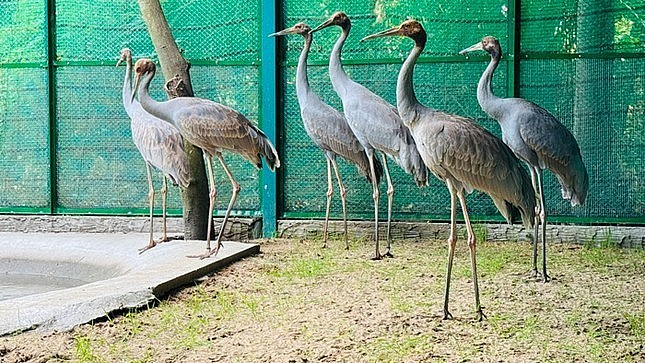
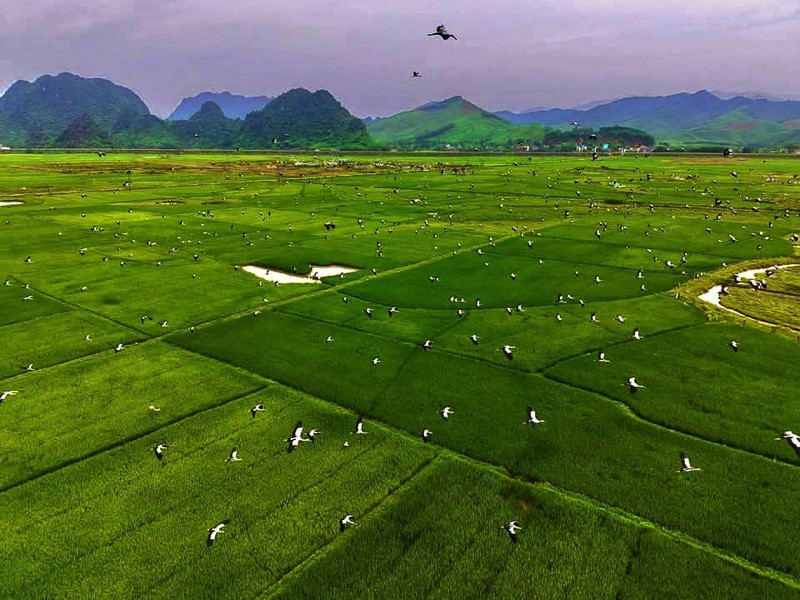
Endangered stork species making surprise appearance in Phong Nha - Ke Bang
Read more
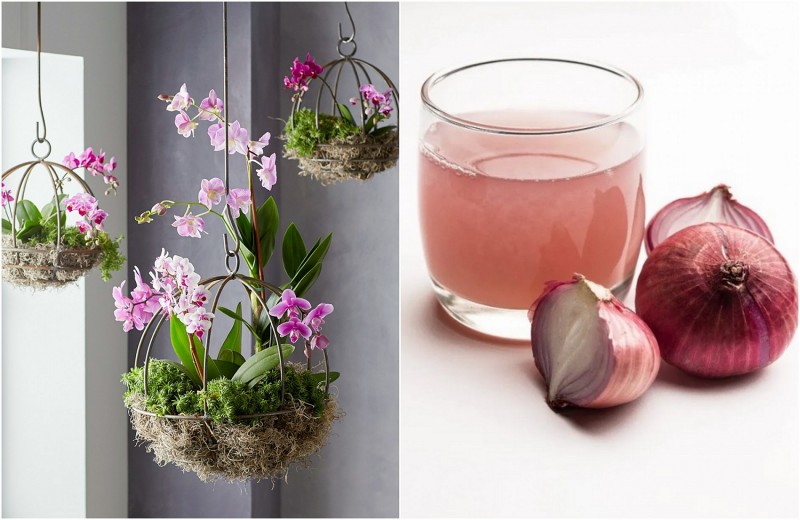
Not water, but understanding makes ornamental plants flourish

Bioponic vertical garden: When green sprouts in the heart of the city
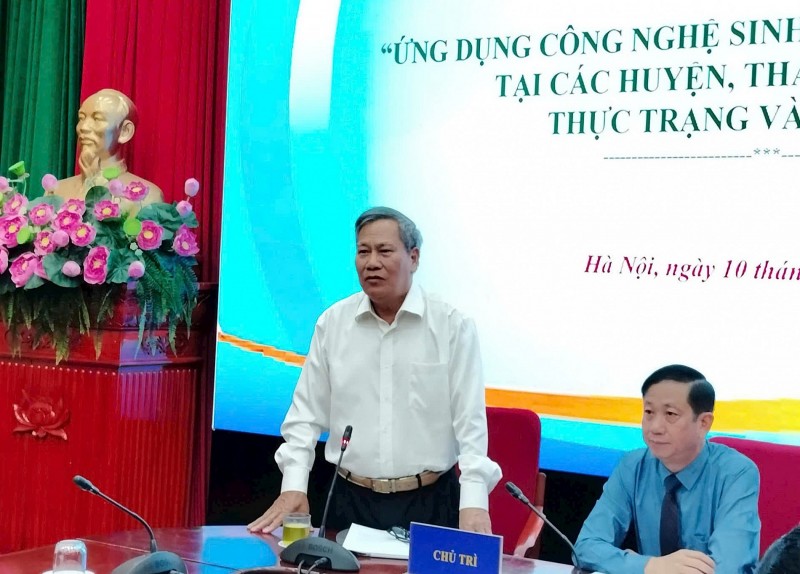
Breakthrough mechanisms needed to promote biotechnology application in Hanoi’s agriculture

Fish robots: Technological solutions open the era of smart aquaculture
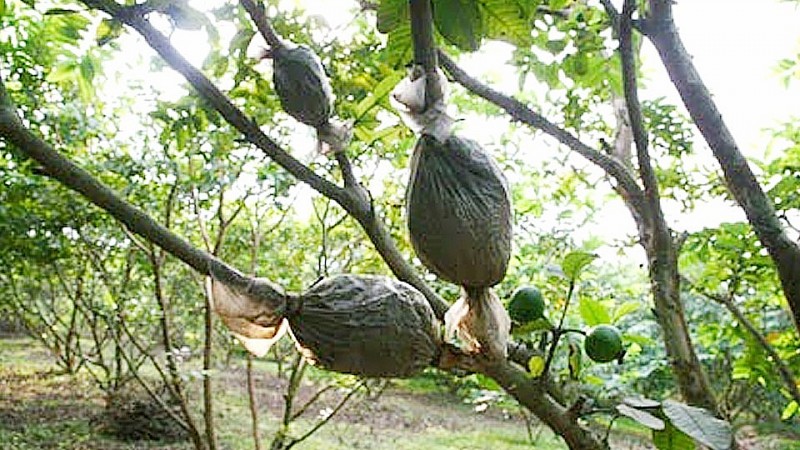
Air layering plants: An effective propagation method with great economic potential

Deteriorating air quality: Time for Hanoi to make bold investments in green spaces
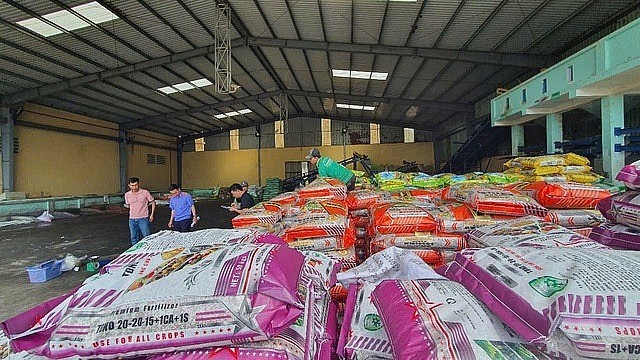
From fake fertilizers to green transformation: Opportunities in challenges

White Camellia: Nature-Healing Ornamental Treasure
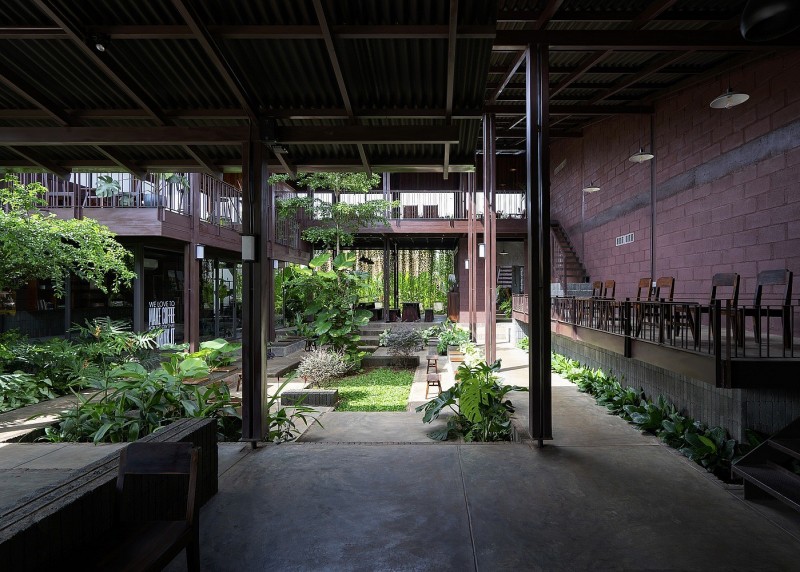
Coffee commune: A Green architectural space for community memory
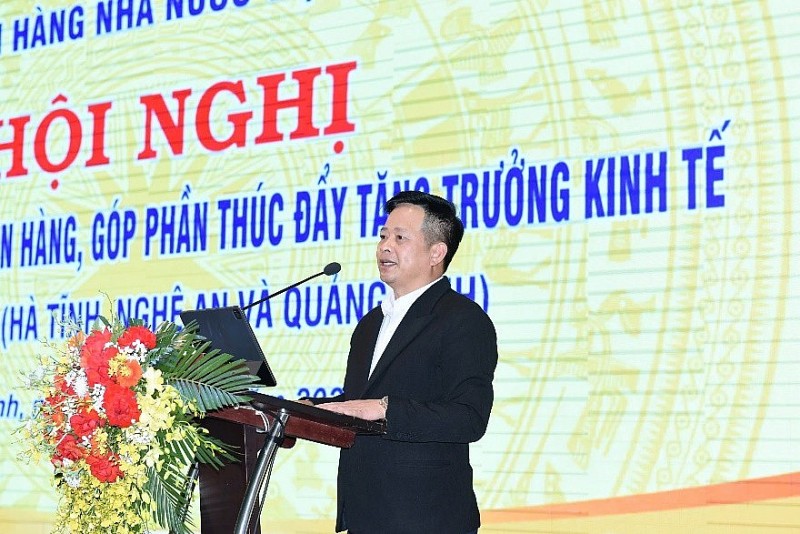
Accompanying sustainable agriculture: Perspective from Agribank and opportunities for developing Vietnam's Ornamental Plants industry
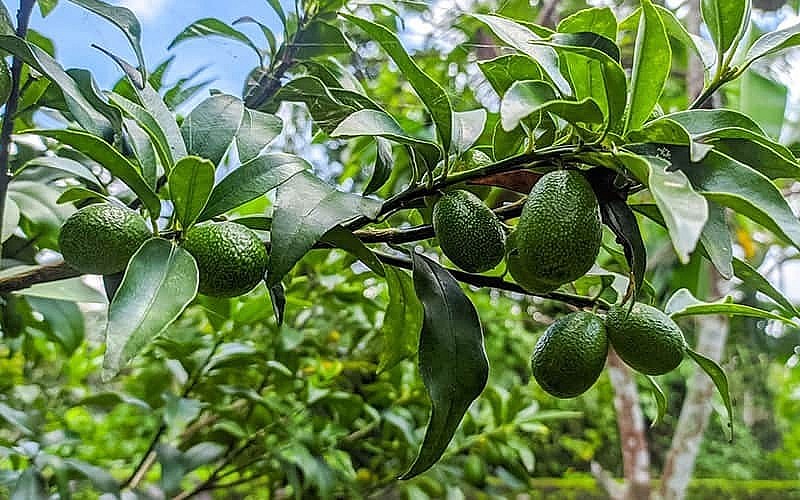
A superfruit widely grown in Vietnam, securing farmers stable income
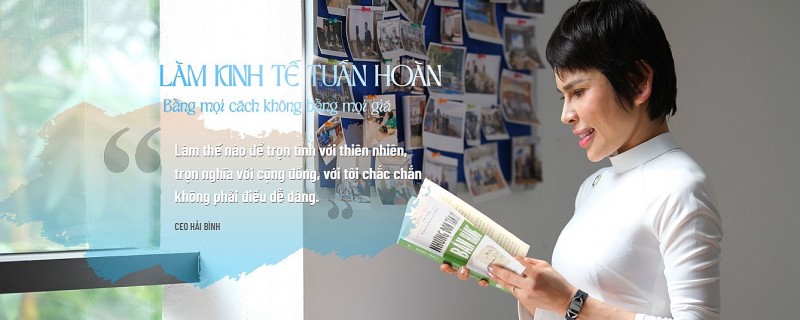
STP Group: Nguyen Thi Hai Binh - The pioneer woman bringing the ocean into the circular economy and the journey of "connecting values - connecting the community"
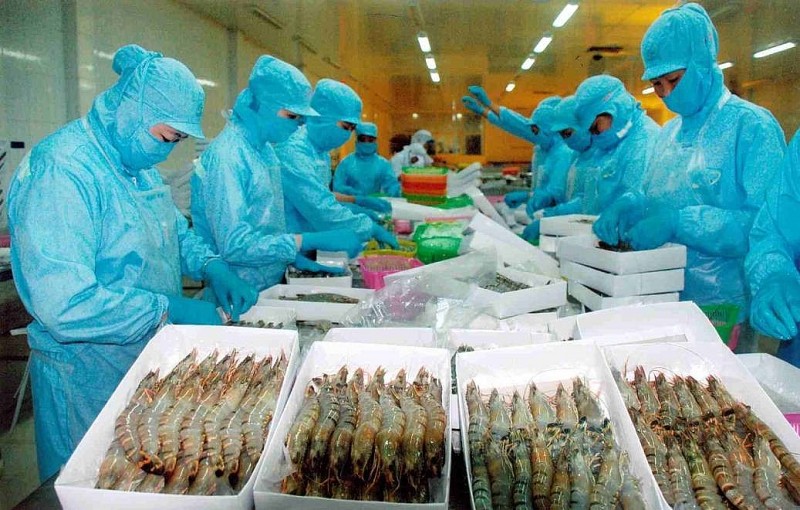
US imposes 46% reciprocal tax on Vietnamese goods: Risks and solutions for agricultural exports
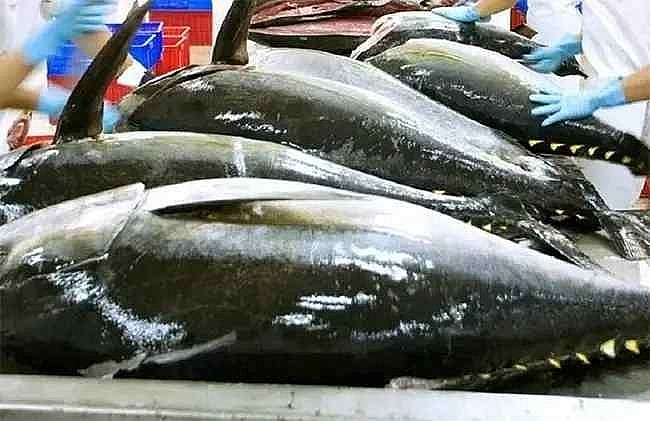
After durian, Vietnamese tuna emerges as a strong competitor to Thailand in global market

Vietnam named one of Asia’s top wildlife watching destinations
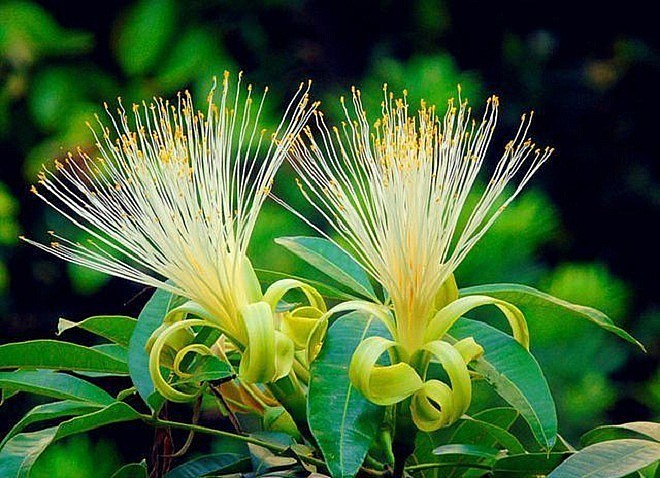
Blooming money tree - A rare omen of wealth and prosperity

Bún Flowers: Hanoi’s hidden floral delight
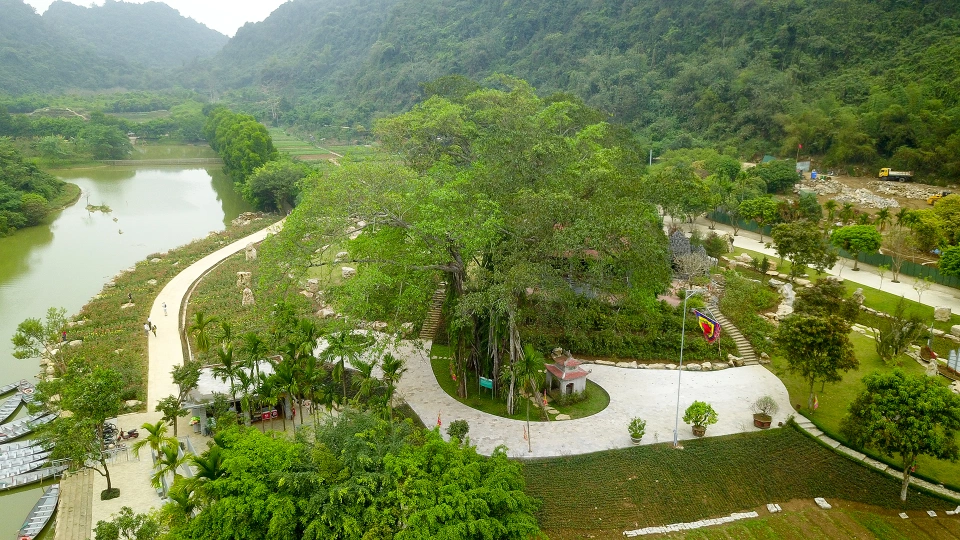
The thousand-year-old "moving" banyan tree in Ninh Binh, each step takes a century
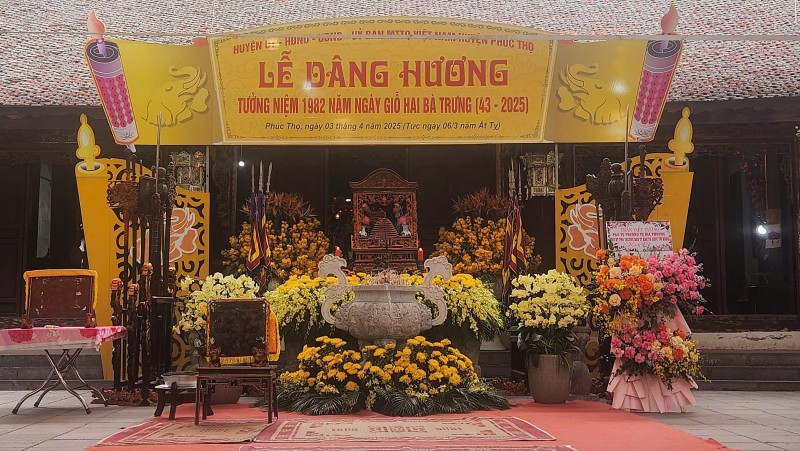
Hat Mon Temple – Historical Mark of Hai Ba Trung
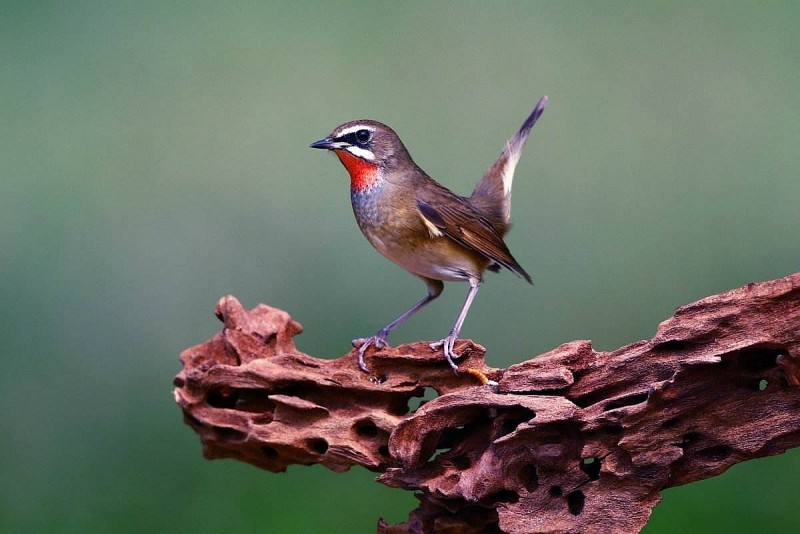
Discovering 4 bird species that have captivated the Chinese for centuries
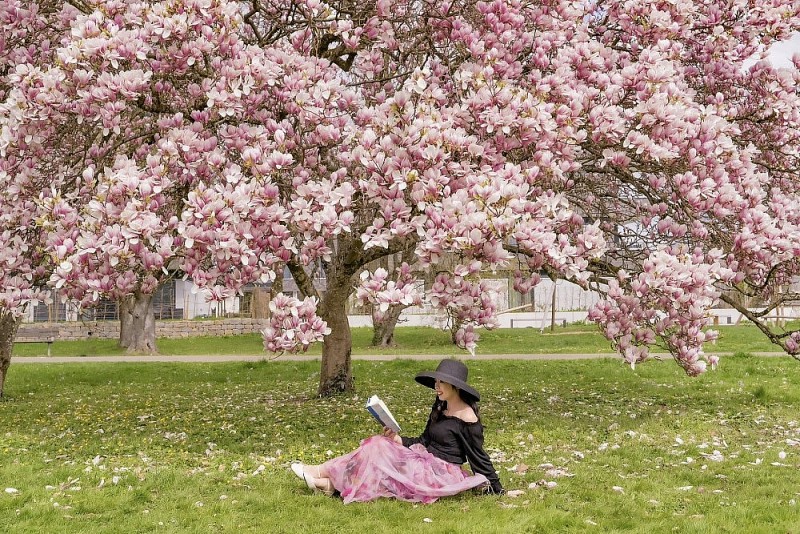
Vietnamese women and magnolia blooming seasons in Europe

Planting native species: A global trend for greener homes and bird-friendly spaces

56-year-old man living alone in the forest for 27 years with birds
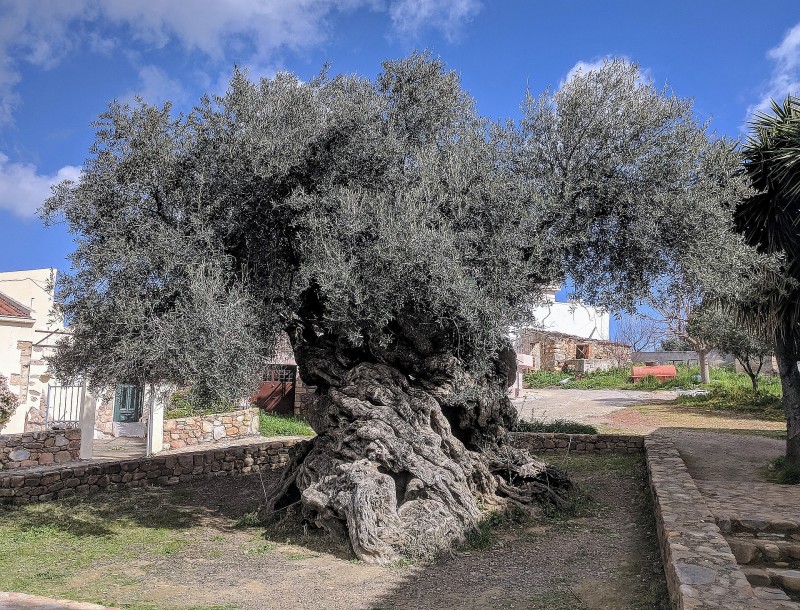
Gazing at a 5,000-year-old olive tree in Greece

Department of Crop Production and Plant Protection: "Orienting the total production value of flower and ornamental plant sector reach 70-75 trillion VND by 2025"
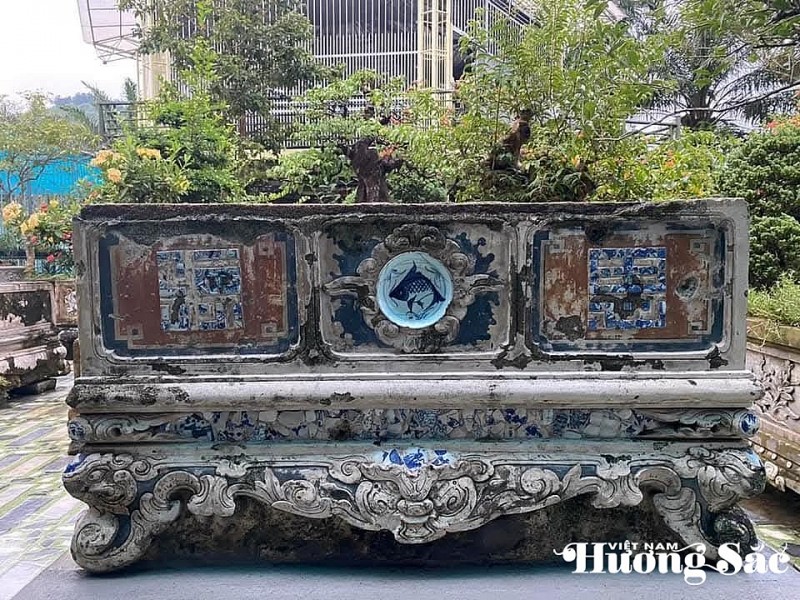
The 9X artist turns water hyacinth into living art

Over 1,000 artworks featured in the 2025 Expanded Ornamental Creatures Exhibition of Van Giang District

Endangered stork species making surprise appearance in Phong Nha - Ke Bang

Over 1,000 master bonsai trees gather in Quang Ngai, dazzling plant enthusiasts
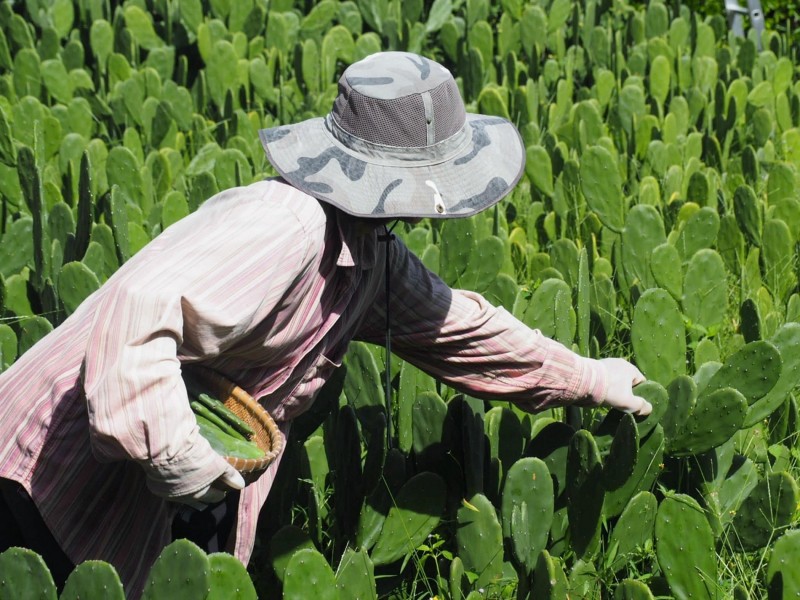
Leaving a $1,000 office job, engineer turns cactus into food and drink
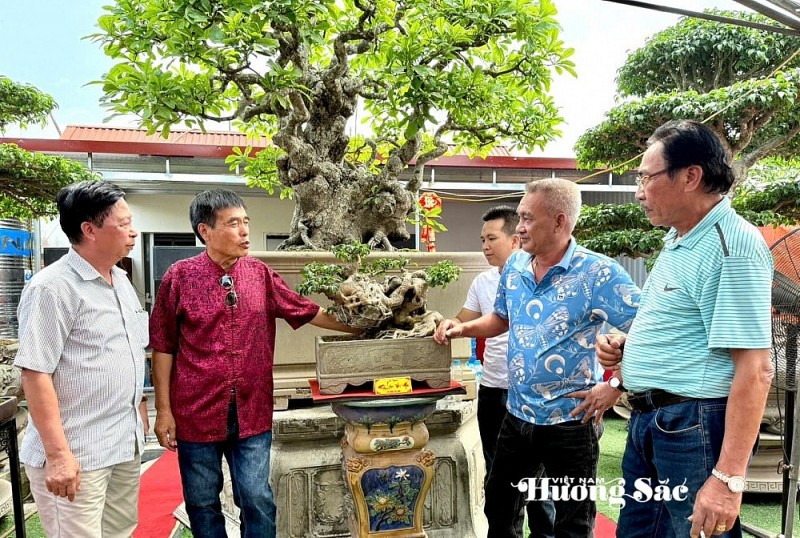
Hoa "Taxi" - A typical bonsai artist in Van Giang District, Hung Yen Province
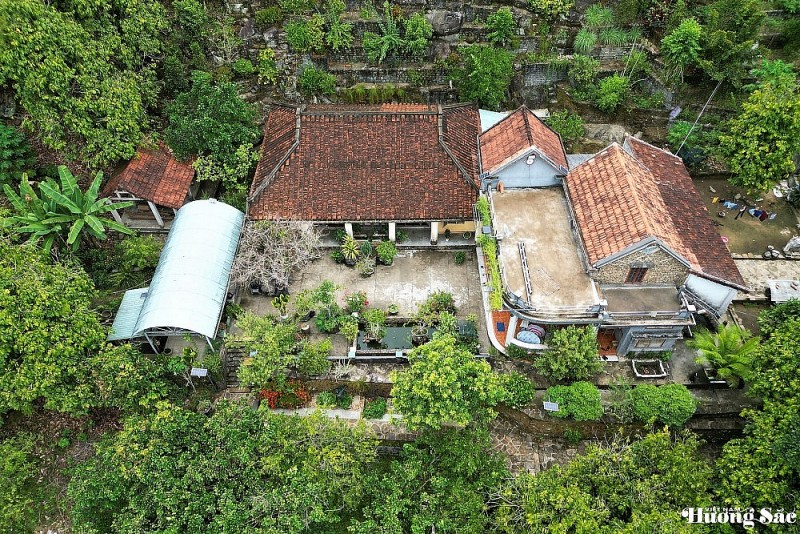
Look inside the million-dollar jackfruit wood ancient house in Quang Nam Province
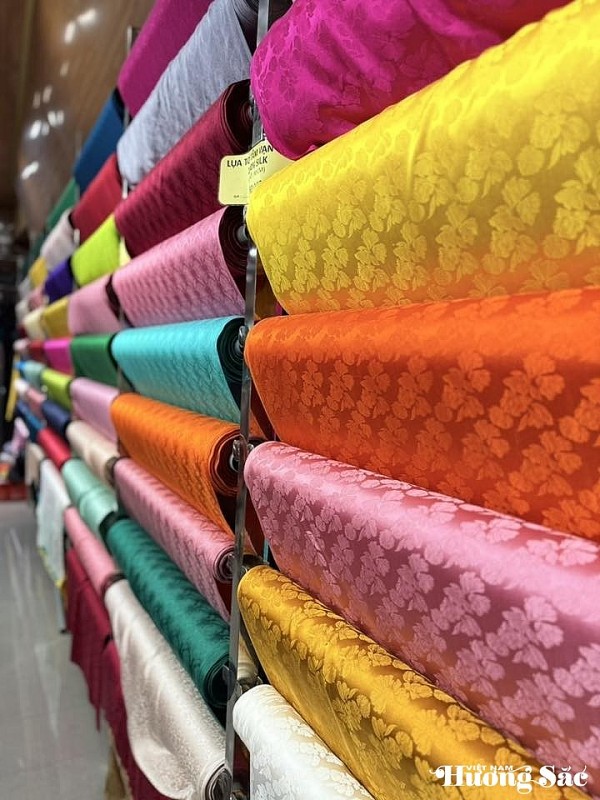
Van Phuc Silk Village: Weaving tranquility through memories and colors
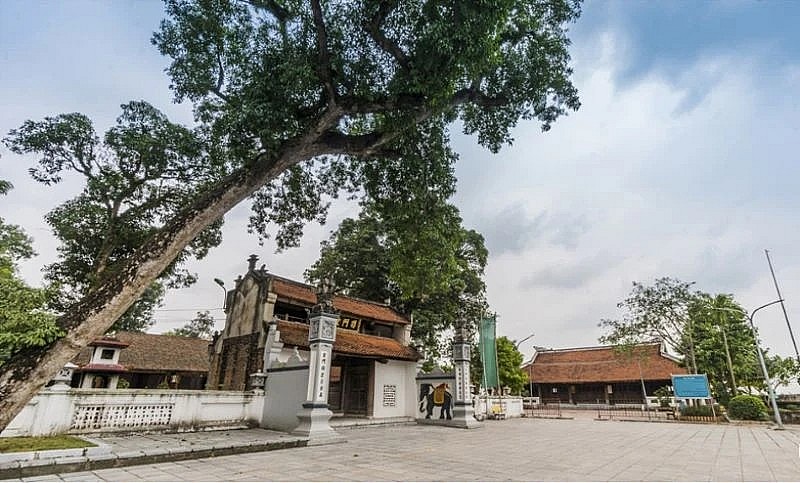
Exploring Hat Mon Temple in Hanoi
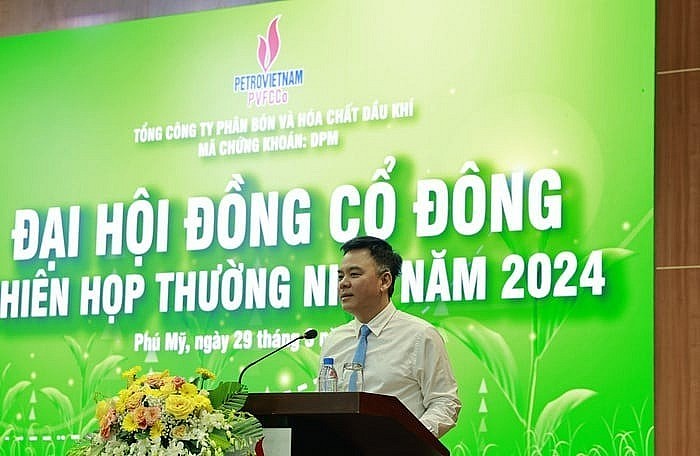
From the first granule of urea to a national brand: PVFCCo and its mission beyond the continent

STP Group: Nguyen Thi Hai Binh - The pioneer woman bringing the ocean into the circular economy and the journey of "connecting values - connecting the community"
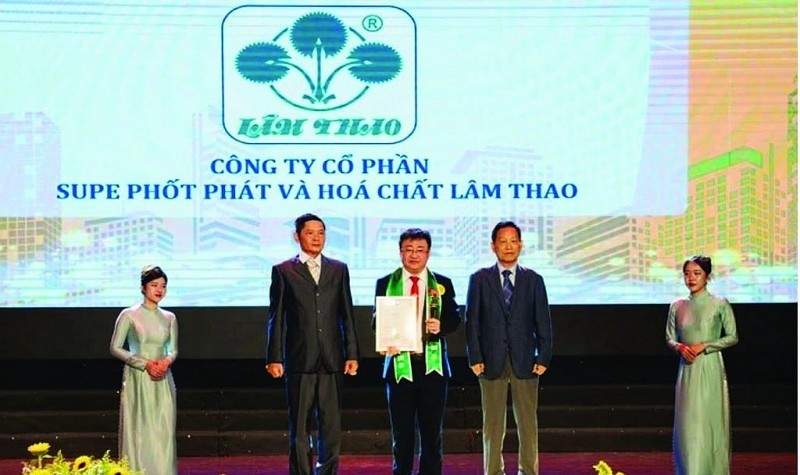
Toward the Celebration of the 63rd Anniversary of Lam Thao Superphosphate Company: From following President Ho Chi Minh’s wish to a national brand

Trailer introducing the special issue of Vietnam huong sac Magazine, published on May 19
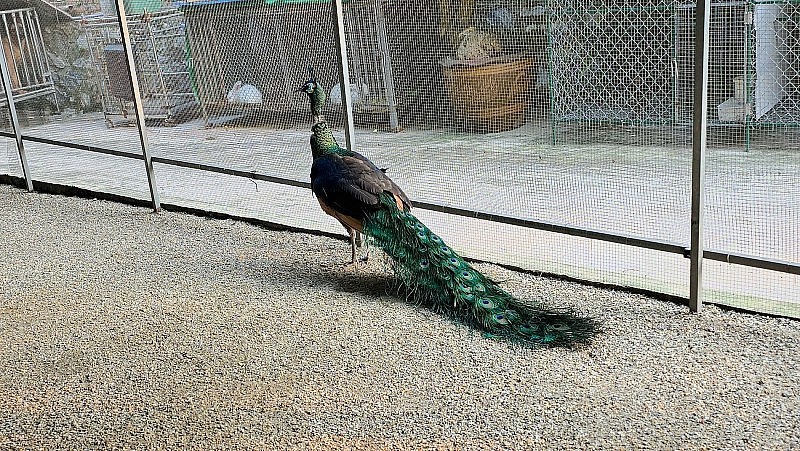
Surprised by rare songbirds at Dung Tan Center in Thai Nguyen Province
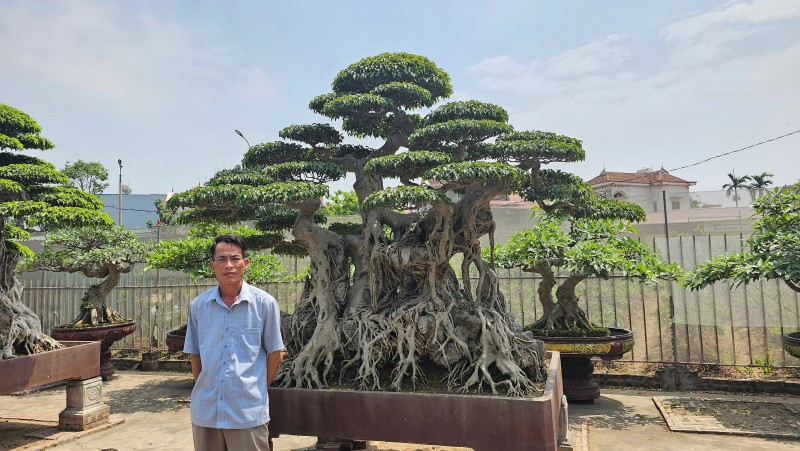
A passionate horticulturist committed to preserving the Sanh Da bonsai lineage in Hưng Yên

Look inside the million-dollar jackfruit wood ancient house in Quang Nam Province
